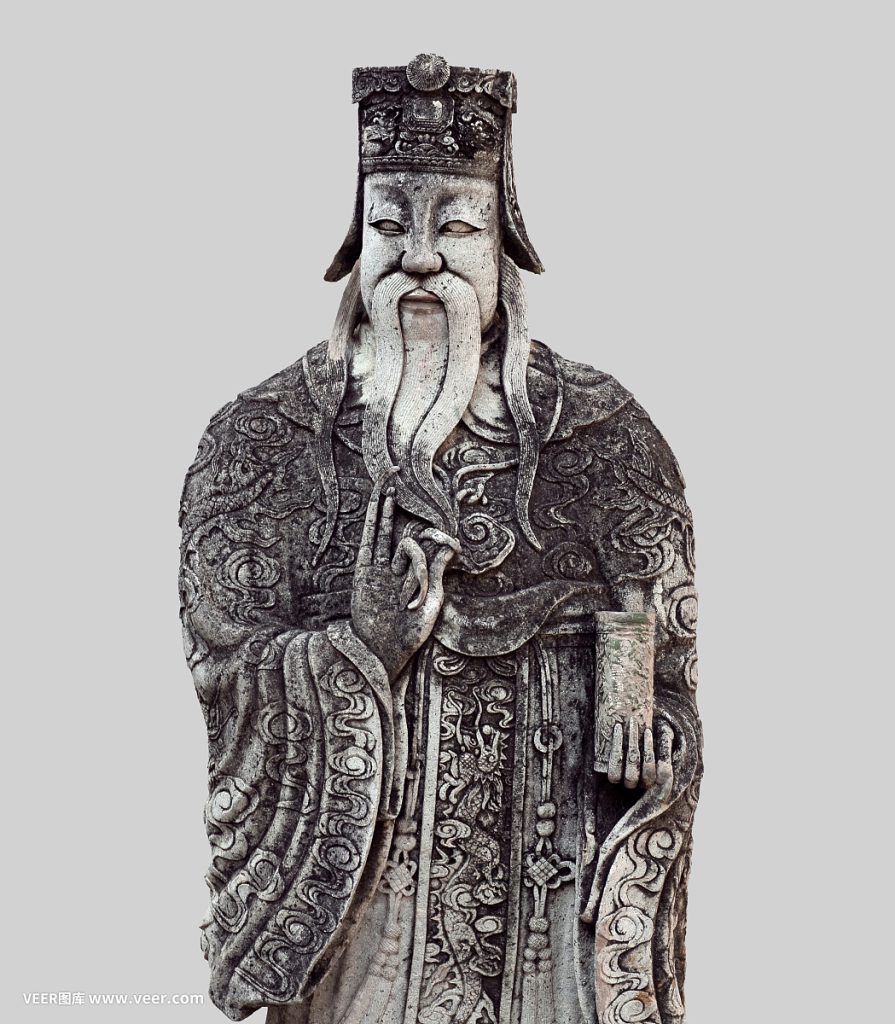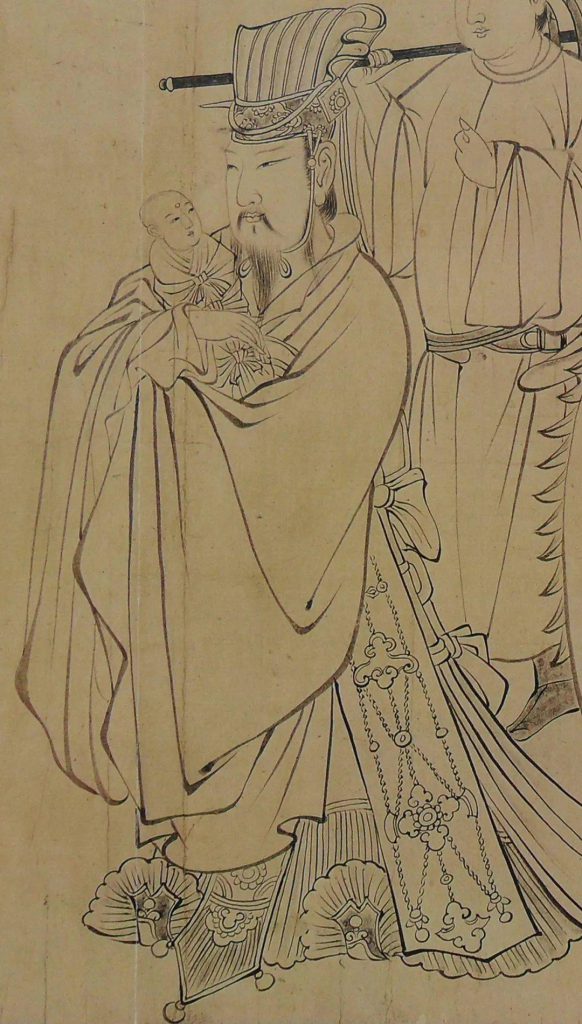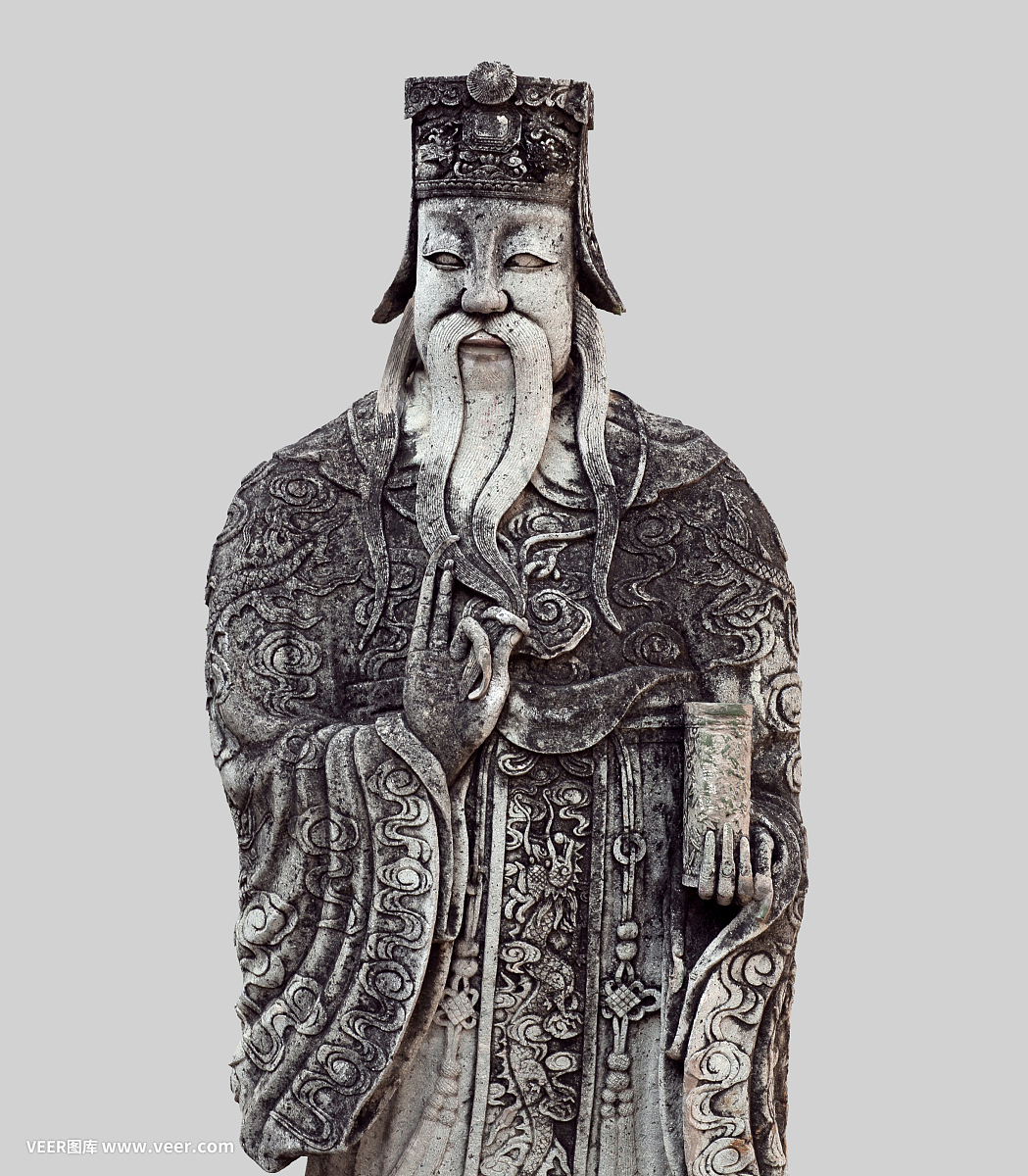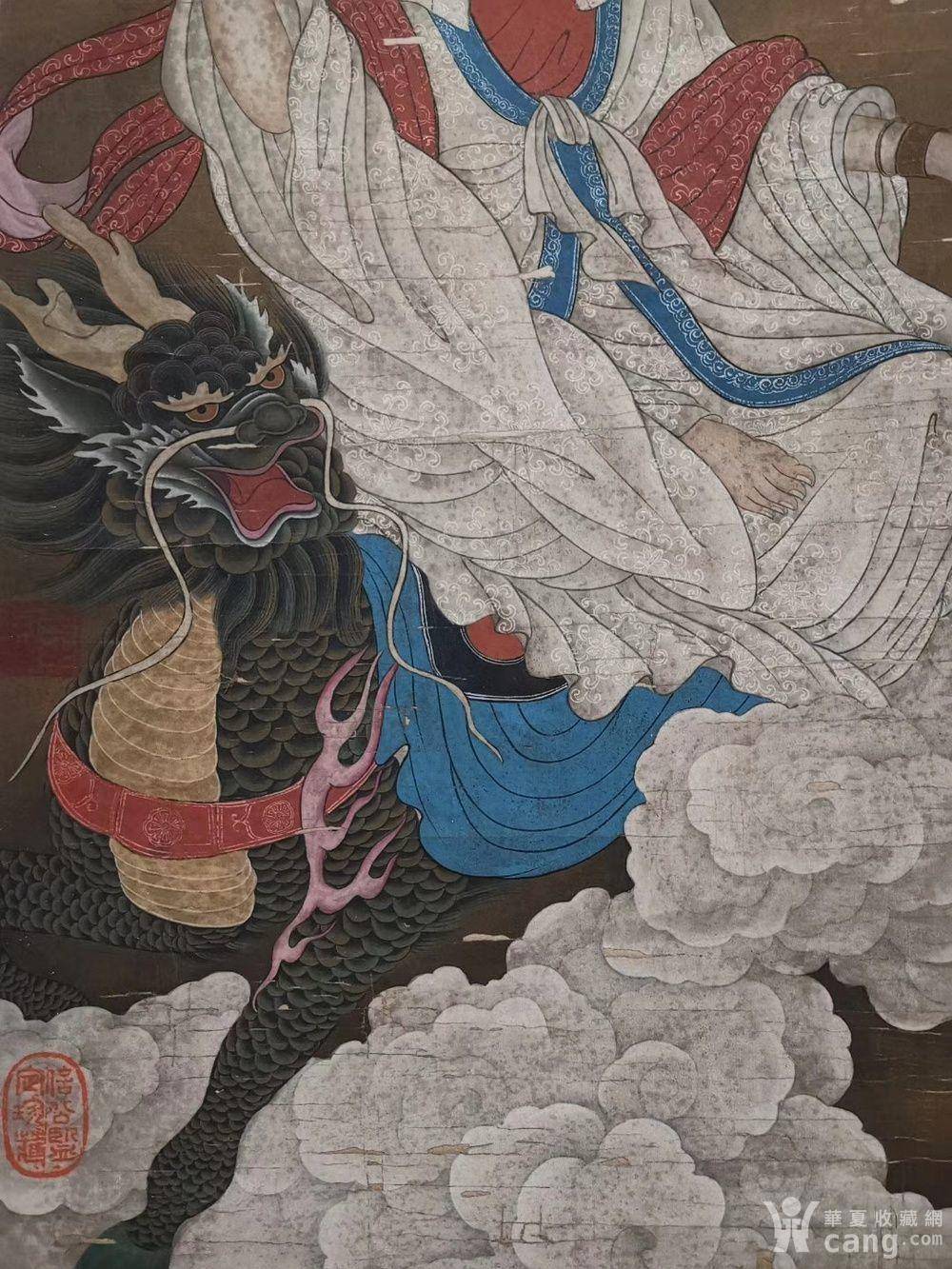Speaking of the matter of Jianzhen’s eastward journey to Japan, many people are still aware of it, and there is a lot of controversy. Jianzhen was originally Chinese, but he became a national treasure in the hearts of the Japanese, with a very high status. Therefore, it is still known who the benefits of Jianzhen’s eastward journey were. However, Jianzhen was actually very helpless because the Tang Dynasty attached more importance to Taoism and had no place for martial arts, which is why such a thing happened. Today, let’s talk about where Jianzhen died? Where was it buried in the end? Let’s analyze it together!

Jianzhen ultimately died in Japan and was buried in a pine forest in the northeast behind the Tang Zhaoti Temple. On May 6, 763 AD, Jianzhen passed away at the residence of Tang Zhaoti Temple, with his face facing west, at the age of 76.
Jianzhen Introduction
Jianzhen, with the common surname Chunyu, was from Yangzhou and became a monk at the age of fourteen. Jianzhen was his Dharma name. He traveled in Chang’an, Luoyang and other places in his early years, and later settled in Daming Temple in Yangzhou. Jianzhen has a deep understanding of Buddhist scriptures, especially the precepts.

In 742 AD, Japanese scholar monks Rongrui and Puzhao, who had completed their studies in the Tang Dynasty, visited Jianzhen and invited him to Japan to spread Buddhism. Jianzhen readily agreed and immediately built a ship to prepare for the next spring departure. Due to interference from others, it was not possible to proceed for the first time. Jianzhen did not lose heart.
In December 743, he led more than ten disciples and over a hundred painters and craftsmen to set off resolutely. On the way, his ferry was unfortunately damaged by huge waves, and his second attempt to cross to the east failed. Afterwards, his third and fourth voyages to the east were still unsuccessful.
In 748 AD, Jianzhen encountered strong winds and huge waves during his fifth eastward voyage. The wind was swift and the waves were steep, and the water was as black as ink. The situation was perilous. His ferry suddenly rose to a high mountain, and then seemed to enter a deep valley, drifting with the current and heading south. The fresh water on the ship is gone. Everyone has dry throat and tongue, and it is difficult to swallow dry food. They are forced to drink some seawater and experience bloating. Drifting in the sea for fourteen days, finally arriving in the southern part of Hainan Island. During the five Eastern Crossing struggles, Rongrui and Puzhao accompanied Jianzhen through hardships without wavering. Later, Rong Rui unfortunately passed away in Duanzhou, and Jian Zhen also worked too hard, feeling the heat and becoming blind in both eyes. Thirty six Chinese and Japanese people sacrificed their lives in five voyages to the east. Despite the arduous journey and heavy cost, Jianzhen’s determination to cross the east remained unwavering.
In 753, at the age of 65, Jianzhen led more than twenty people on a Japanese wooden boat that returned to China for the sixth time, and finally successfully reached Kyushu Island in Japan. Japanese friends warmly welcomed Jianzhen and his delegation, inviting him to first stop at Dazaifu, the location of the Kyushu Governor General’s Office, and later invite him to Todaiji, the most famous temple in the capital city of Nara.
One day in 754, Jian Zhen built the ordination platform in front of the Big Buddha Hall in Dongda Temple, and personally taught the commandments to the Japanese Emperor Saintwu and Emperor Xiaoqian. Jianzhen also participated in the planning work for the construction of Tang Zhaoti Temple in Nara. The architecture of the golden hall of the temple adopts the shapes of the owl tail and the three story arch of wooden architecture. The whole hall is exquisite in structure and magnificent in momentum, reflecting the latest achievements of the architecture of the Tang Dynasty. Jianzhen also taught the dry lacquer method for shaping Buddha statues. This type of Buddha statue has a thick, stable shape, light weight, and low cost, and is known as the Tang Zhaoti Temple School, which has had a great influence on Japanese sculpture. Jianzhen relies on his sense of smell to identify drugs, treat difficult illnesses, and introduce knowledge of Chinese medicine. In 763, Jianzhen passed away in Nara, and his Japanese friends buried him at the Tang Zhaoti Temple.
Jianzhen did not avoid risks and crossed the sea to Japan, bringing the friendship of the Chinese people and making contributions to promoting exchanges in science, technology, and culture between the two countries. In memory of Jianzhen, a Japanese scholar named Tanhai Mitsunari wrote “The Biography of Tang Grand Monk’s Eastward Expedition” at that time, introducing his deeds. It is said that the seated statue of Jianzhen in dry lacquer was created by Jianzhen’s disciples and has been placed in the Tang Zhaoti Temple ever since, and has been designated as a “national treasure” of Japan.


